Description
Methyl Isobutyl Carbinol, often abbreviated as MIBC, is a colorless, liquid organic compound belonging to the alcohol family. Its chemical formula is (CH3)2CHCH2CH(OH)CH3, and it possesses a characteristic camphor-like odor. While not a household name, MIBC finds widespread application across diverse industries due to its unique properties as a solvent, frother, and chemical intermediate.
Key Properties of MIBC:
Solvent Power: MIBC exhibits moderate polarity, making it an effective solvent for a variety of organic materials, including oils, greases, resins, and some polymers. Its relatively low volatility allows for controlled evaporation, a desirable trait in many applications.
Froth Formation: A key attribute of MIBC is its ability to generate stable air bubbles when mixed with water. This makes it invaluable as a frothing agent in processes where the separation of materials through flotation is required.
Chemical Stability: MIBC is generally stable under normal conditions, though it can react under extreme temperatures or in the presence of strong oxidizing agents.
Viscosity: It has a low viscosity, making it easy to handle and dispense.
Boiling Point: Its boiling point of around 132°C (270°F) makes it usable in applications where a slightly higher boiling point volatile solvent is desired.
Diverse Applications in Industry:
The unique properties of MIBC contribute to its usage in numerous industrial sectors:
Mining and Mineral Processing: This is perhaps MIBC’s most prominent application. It acts as a frothing agent in froth flotation processes. In these processes, desired minerals are selectively made hydrophobic by the addition of chemicals, and then attached to air bubbles generated by MIBC. These bubbles then rise to the surface, carrying mineral particles to be separated from the gangue (waste material). MIBC is particularly effective in the separation of sulfide minerals such as copper, lead, zinc, and molybdenum.
Paints and Coatings: MIBC serves as a solvent in certain types of paints, lacquers, and varnishes. Its ability to dissolve resins and provide a suitable evaporation rate contributes to the desired performance and finish of these products. It can also be used in paint stripping formulations.
Textile Industry: MIBC can be found as a component in textile processing agents, where it assists in the cleaning and degreasing of fibers and fabrics.
Chemical Intermediate: MIBC is also used as a feedstock or intermediate in the synthesis of other chemicals, such as certain lubricating oils, surfactants, and pharmaceuticals.
Adhesives: It can act as a solvent in some adhesive formulations, providing a necessary level of fluidity and enabling the proper dissolution of polymers.
Laboratory Usage: In research and analytical settings, it can be used as an extraction solvent for various compounds.
Safety and Handling Considerations:
While MIBC is a useful industrial chemical, it’s crucial to handle it with care due to certain safety concerns:
Flammability: MIBC is a flammable liquid. It should be stored away from sources of ignition, and proper ventilation must be ensured when using it.
Irritant: It can be irritating to the skin, eyes, and respiratory system. Direct contact should be avoided, and suitable protective equipment like gloves, goggles, and respirators should be used when handling it.
Inhalation and Ingestion: Inhalation of concentrated vapors or ingestion can be harmful. Proper ventilation in work areas is critical.
Environmental Concerns: MIBC can be harmful to aquatic life and should be disposed of in accordance with local regulations.
Conclusion:
Methyl Isobutyl Carbinol, or MIBC, is a versatile and essential industrial chemical with a wide range of applications. From its critical role in mineral processing to its contributions to coatings and other industries, its unique properties make it invaluable. Responsible handling, adherence to safety protocols, and proper disposal are paramount to ensuring its safe use and mitigating potential risks to human health and the environment. As technology and industrial processes evolve, MIBC is likely to continue playing a significant role in various sectors, highlighting the continued importance and relevance of this seemingly unassuming chemical compound.


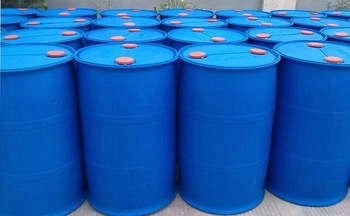




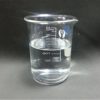

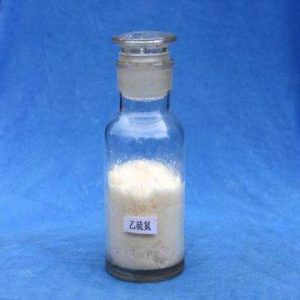

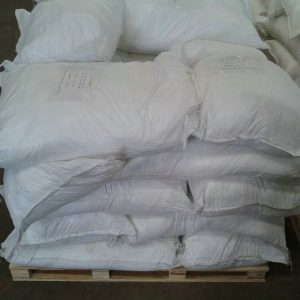
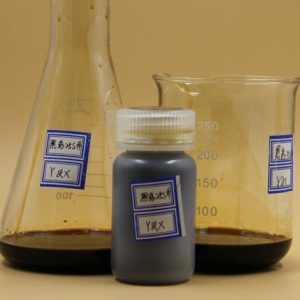

Reviews
There are no reviews yet.